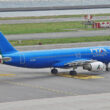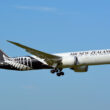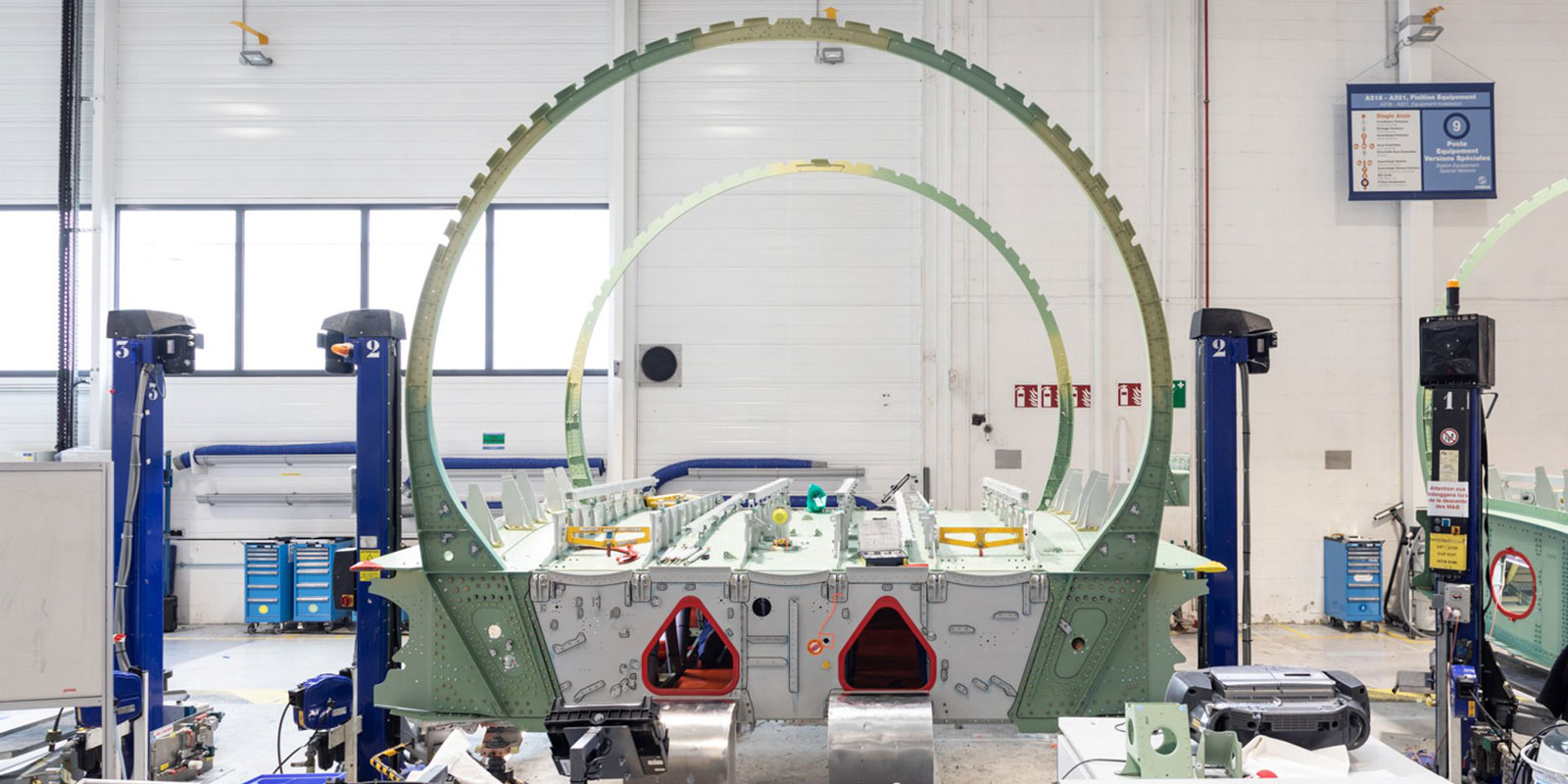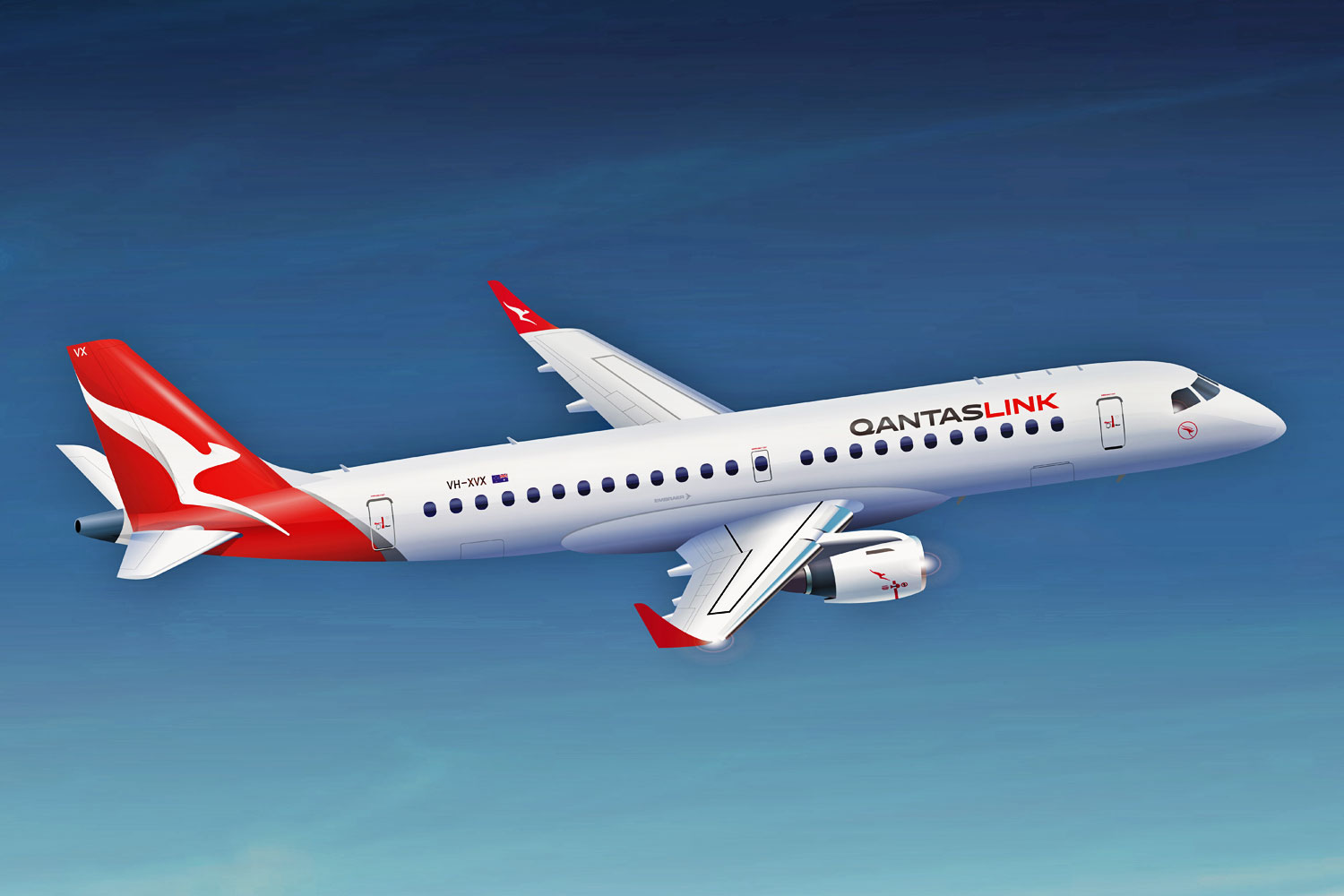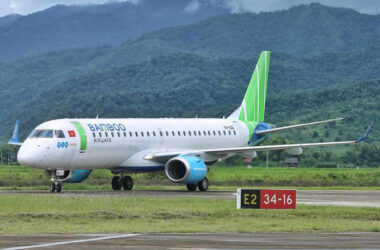Boeing is currently unable to match the commercial success of Airbus’ A320neo family. But, oddly enough, there is an ‘advantage’ in this situation, the waiting list for the European planemaker’s aircraft.
Analysts say the wait for an Airbus narrowbody can take five to six years, something that makes some customers’ planning insane.
Given this scenario, the high availability of the 737 MAX jets fits like a glove for airlines that need to modernize their fleets more urgently.
That’s what happened with Allegiant Air, a low-cost airline based in Las Vegas, which announced an order for 30 737 MAX 7 and 20 737 MAX 8-200 this week.
The agreement was surprising since the company has an exclusive fleet of first generation A319 and A320. Allegiant treasurer Robert Neal told Flight Global that Boeing had very attractive prices for the 737 MAX and was able to deliver them soon, starting in 2023.
In fact, Boeing handles a huge fleet of aircraft in storage after the long months in which the 737 MAX was banned from flying and since the end of 2020 has managed to deliver only a small part of the approximately 450 planes that are completed.
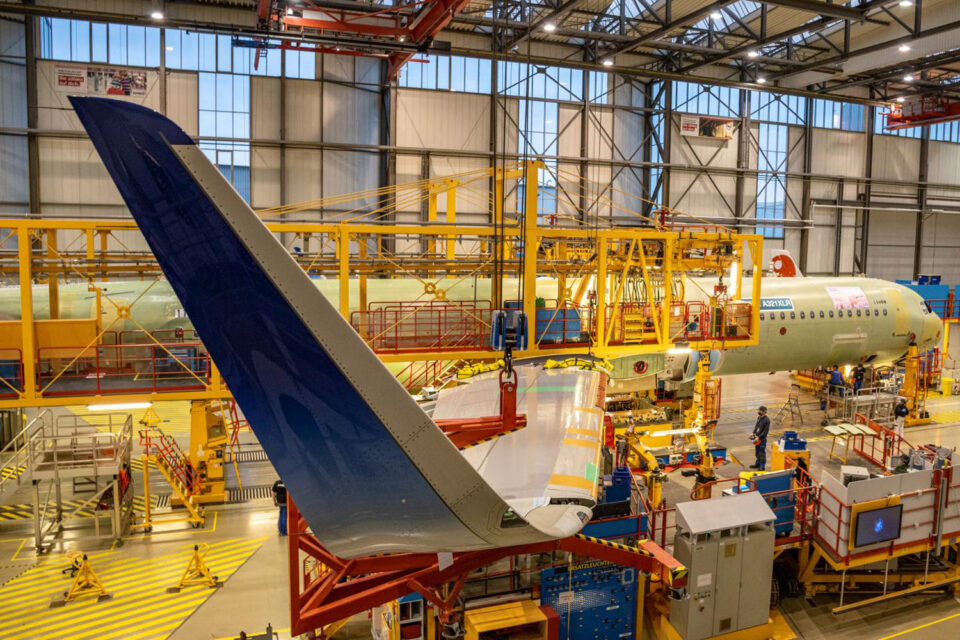
There were many cancellations and postponements due to the slow resumption of air travel, making the task of finding customers more difficult.
This suggests that the US planemaker appears to have been aggressive in offering its planes at more attractive prices and with the possibility of receiving them in a short time.
Even the 737 MAX 7 variant, which competes with the A220, has become competitive, although certification is still pending – Boeing hopes to get FAA approval this year.
Limited effect
Obviously, the supposed advantage has a limited effect. Airbus, which produces 45 jets of the A320neo family a month, plans to reach a rate of 64 aircraft a month over the next few years in order to keep up with demand.
Meanwhile, Boeing strives to produce 31 737 MAX per month in addition to having dozens of ‘white tail’ aircraft.
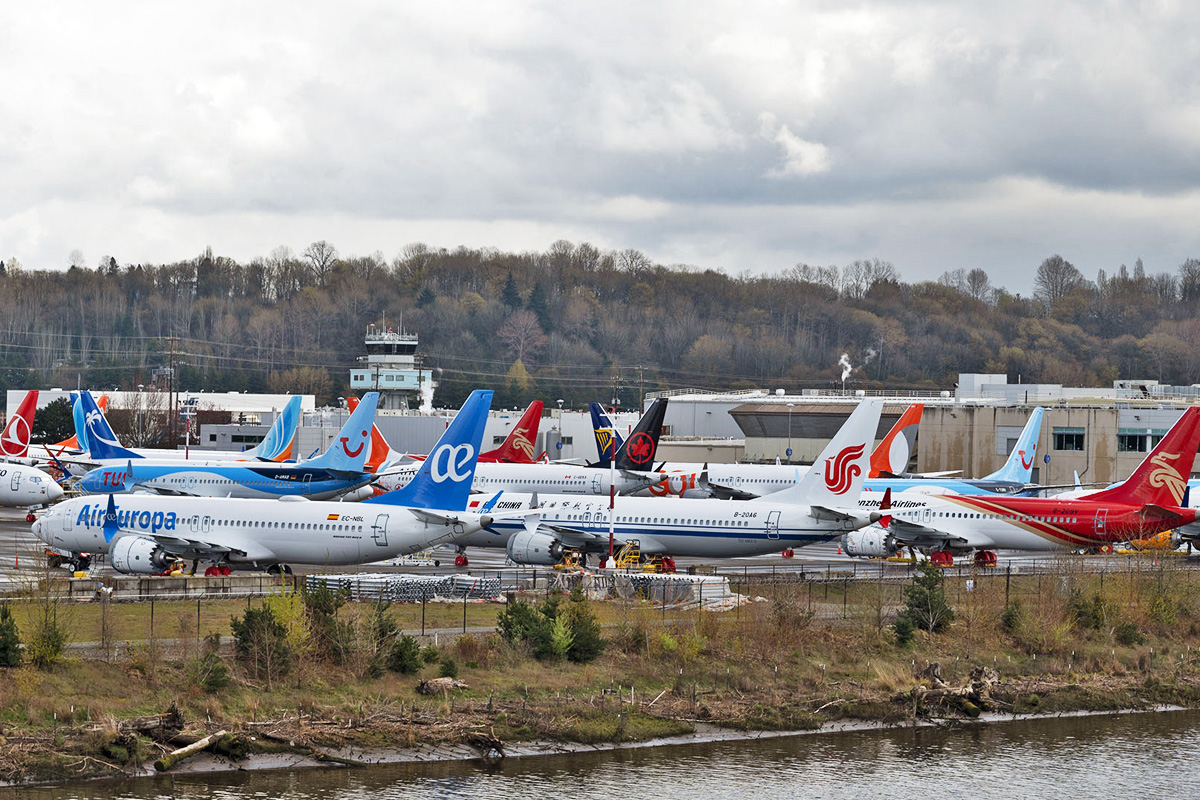
The situation is most lopsided in the high-capacity narrowbodies segment where the 737 MAX 9 and 10 have little to offer against the A321neo and its long-range LR and XLR variants, capable of an impressive range of 4,700 nm (8,700 km).
And there is no medium-term solution to reverse the downside as Boeing delays launching a new one-aisle aircraft. In this sense, discounts and planes for prompt delivery may not be enough to offset the gap for Airbus.


